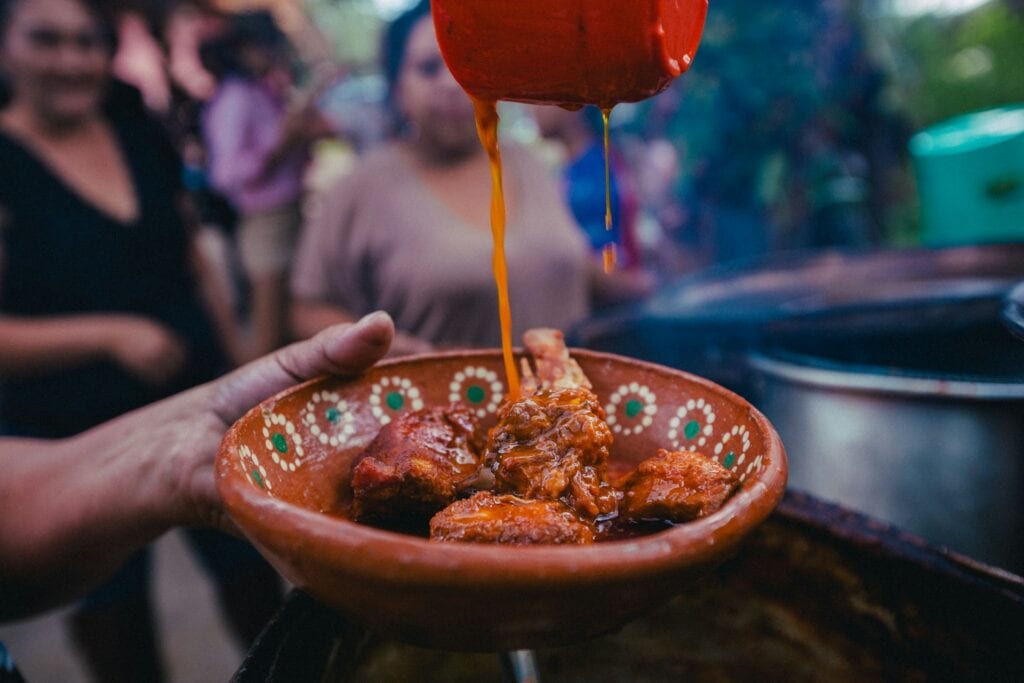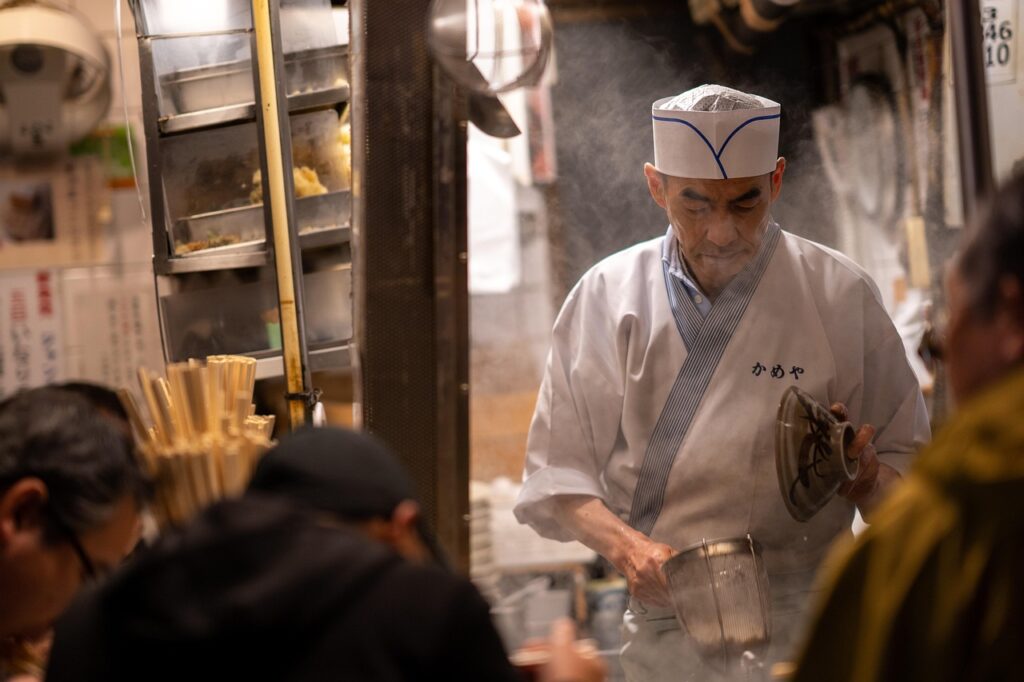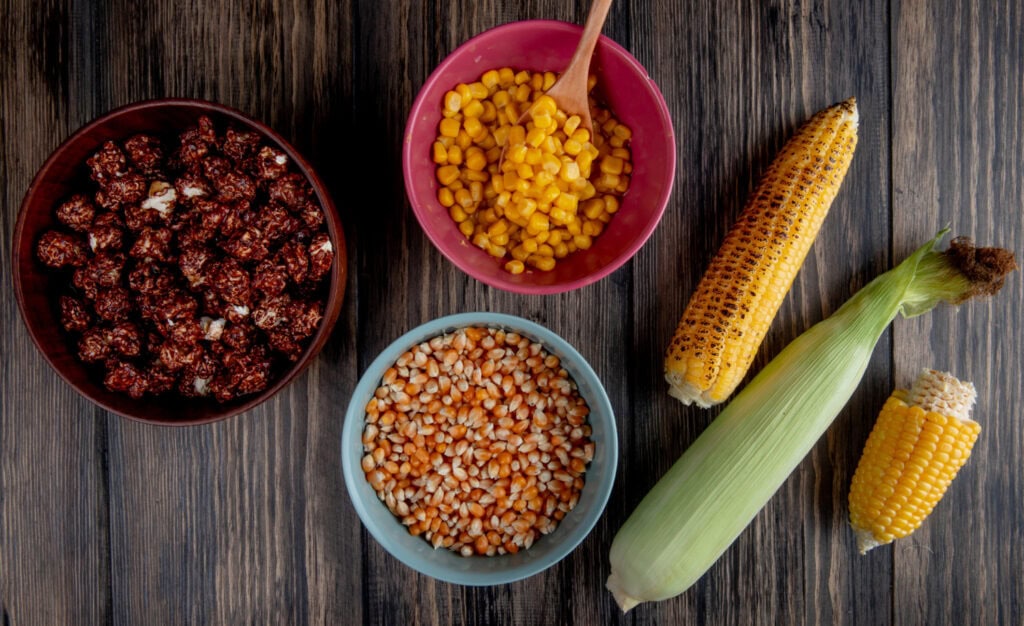We may earn money or products from the companies mentioned in this post. This means if you click on the link and purchase the item, I will receive a small commission at no extra cost to you ... you're just helping re-supply our family's travel fund.

Indigenous food is not museum fare. It is living culture, carried by families, ceremonies, and seasons. You taste a history that predates borders and a present that adapts with skill. If you care about where food comes from, this is where the story starts.
Here is the plan. Learn who’s hosting you, listen to the people doing the work, and spend where it strengthens communities. We’ll cover how to show up, what to eat, how to cook at home without crossing lines, and the best ways to support food sovereignty beyond one holiday.
Understand the land and its nations
Start with place. Identify the Tribal nations connected to the land you’re on today and to the places you plan to visit. Many regions hold overlapping histories, so expect more than one community to be present. Knowing the names is basic respect and a practical guide to local foods.
Remember that “Native American” is not a single cuisine. Corn, beans, and squash anchor some regions; salmon, wild rice, bison, and chiles define others. Learn the local staples before you build an itinerary. It keeps your questions thoughtful and your choices grounded.
Learn from Indigenous voices first

Look for Indigenous-owned restaurants, food trucks, and pop-ups. Read the menu, then read the story behind it. That context turns a plate into a lesson and keeps your money in the community.
Classes and tastings led by Native chefs are worth the time. You practice techniques, hear family stories, and leave with recipes you’ll actually use.
Ask clear, short questions. Listen more than you talk.
Skip “authentic or not” debates. Let the people cooking explain what a dish means where they live.
What counts as Native cuisine
Indigenous food centers relationships: land, water, plants, animals, and people. It is seasonal, place-specific, and often simple on purpose. You’ll see grilled fish, stews, seed-forward sides, and berries served without heavy sauces. The goal is clarity, not spectacle.
Fry bread is complicated. It’s loved at gatherings but born from rations and hardship. Enjoy it when it’s offered, understand its history, and don’t treat it as the definition of Native cuisine. Put the spotlight on pre-colonial ingredients and techniques whenever you can.
How to eat respectfully at powwows and community events

Powwows are social and cultural spaces with their own etiquette. Follow posted rules, keep the arena clear when requested, and ask before photographing dancers or vendors. Food stands help fund families and travel; ordering from them is part of showing up well.
Line etiquette matters. Move quickly, have payment ready, and step aside to season your plate. A long line means the cooks are trusted; don’t crowd the window.
If an auntie tells you how to eat something, do it that way. You are a guest, not a critic.
Say thank you, ask how the day is going, and tip if tipping is welcome. Courtesy is the cheapest ingredient you can bring.
Support food sovereignty year-round
Buy from Native producers. Wild rice, blue corn, beans, bison, salmon, maple, chiles, and heirloom seeds all have Indigenous growers and harvesters. Their labels often list the community; choose those first.
If you can give time or money, back programs that return land, water access, and seed control to Tribes. Food sovereignty is not a trend; it is the foundation that keeps kitchens thriving without outside permission.
Cook at home with care

Start with a few core ingredients and learn to treat them right. Toast blue corn gently, simmer beans without rushing, and let wild rice bloom until it curls. Simple technique honors good crops more than any garnish.
Credit your sources when you post or serve a dish. Name the cookbook, chef, or class. If a recipe was shared in a private setting, ask before you publish it. Respect travels farther than any photo.
Teach the next generation
Cook with kids and tell them where each ingredient comes from. Shell beans, grind corn, and taste berries side by side. Curiosity beats lectures and sticks longer than facts.
Visit Tribal museums, cultural centers, and farmers markets together. Let children ask questions and buy from vendors they just met. That small exchange teaches value better than any worksheet.
Follow Indigenous educators online. Share their books and videos at school and at home. The most useful influence is consistent and visible.
Plan a trip that gives back
Build itineraries around Indigenous-owned venues and Tribal events. Pay full price, show up on time, and follow house rules. If you can’t get a spot, don’t demand exceptions; ask for a future date and join the list.
Leave places better than you found them. Pack out trash, stay on trails, and stay off closed grounds. Good guests get invited back; great guests make hosting easier.